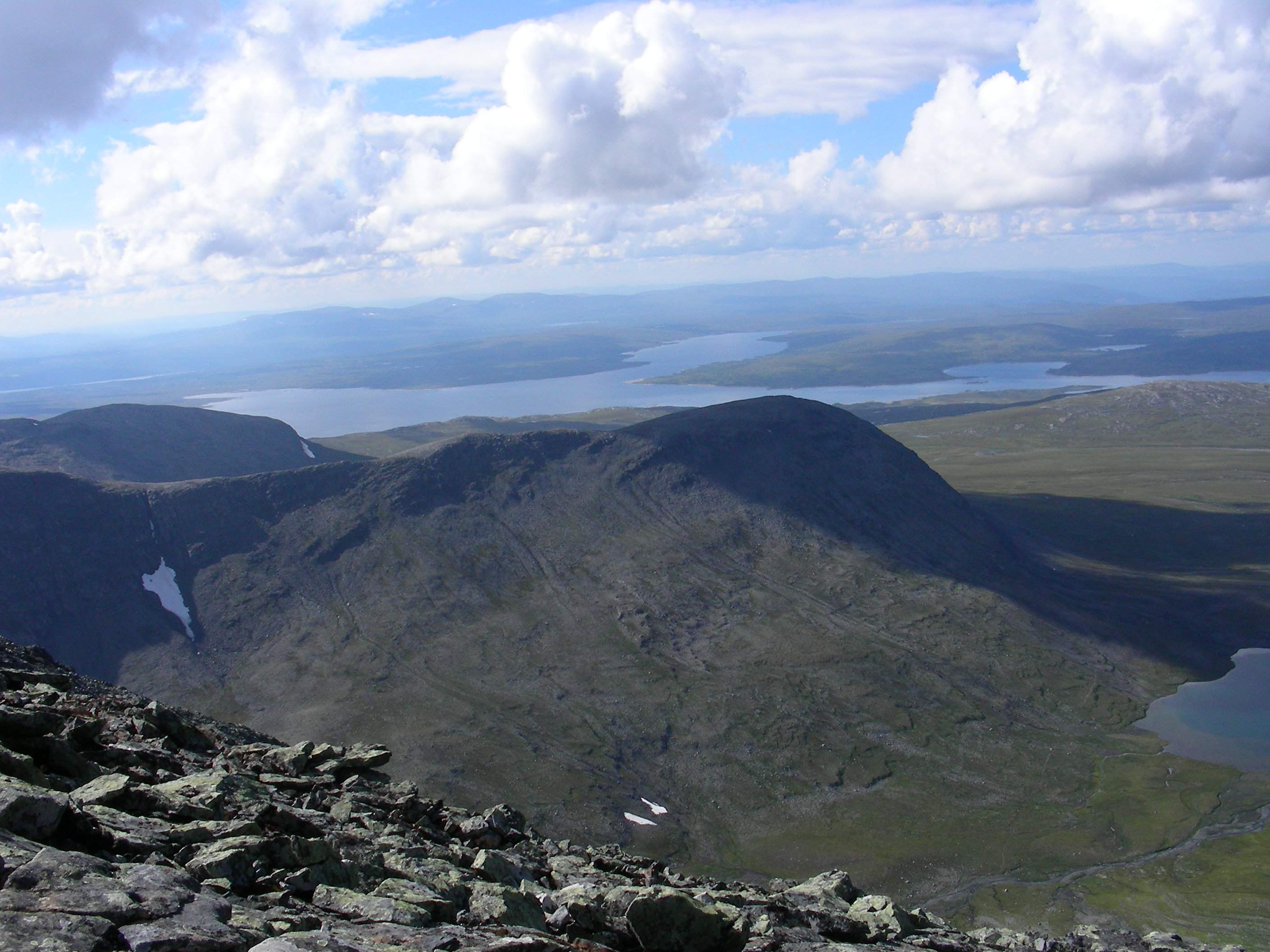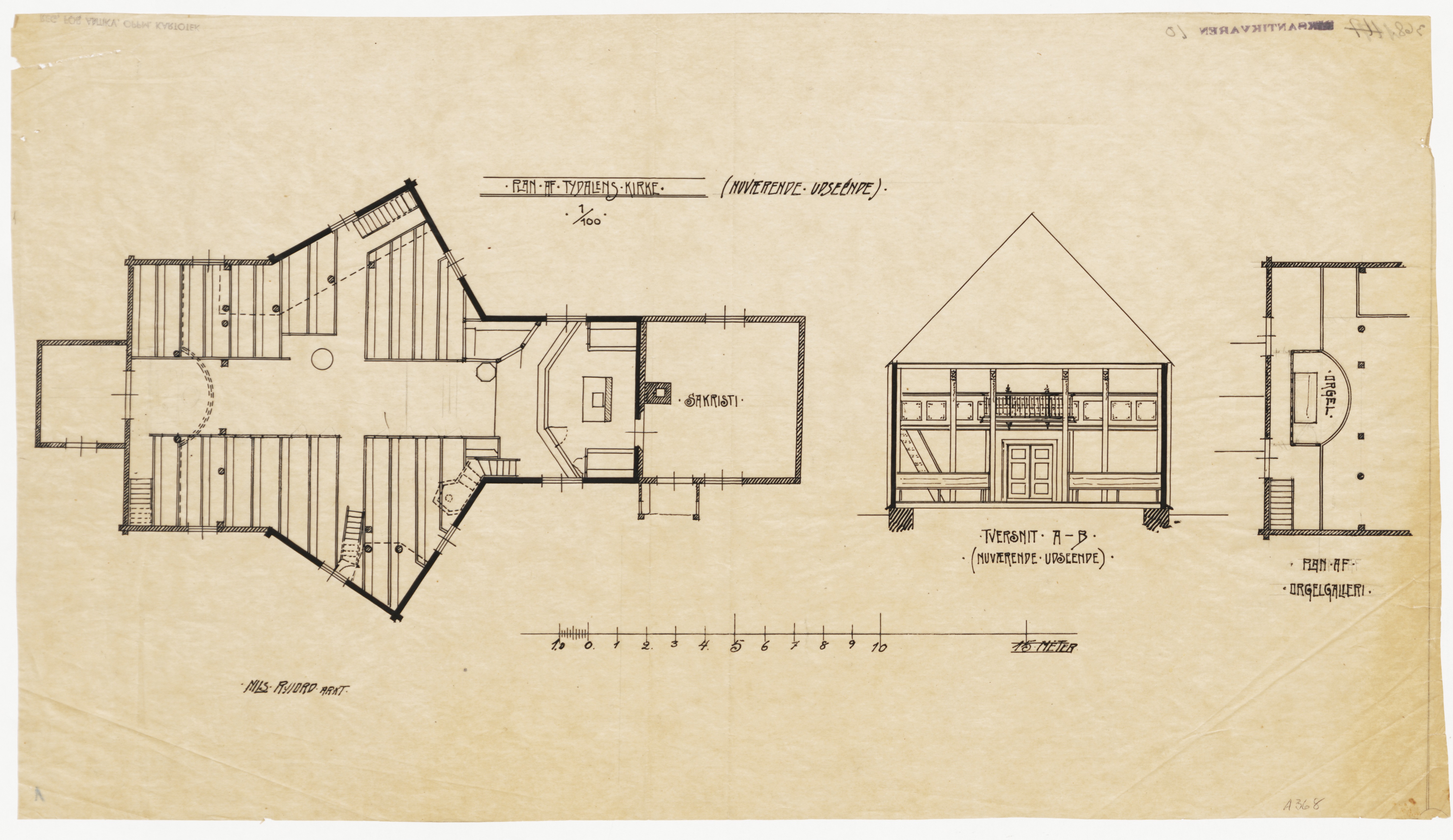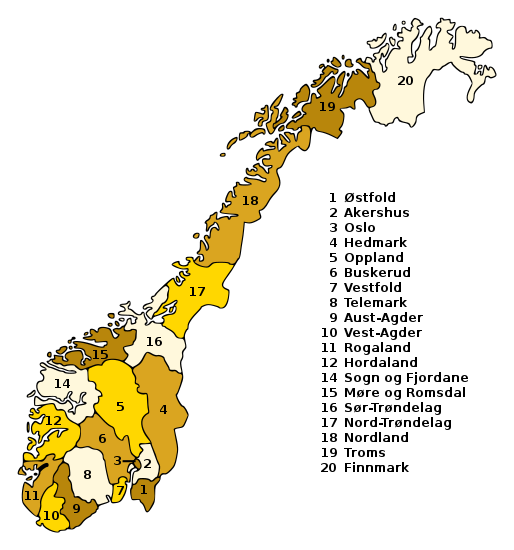|
Aunet
Aunet is a village in the municipality of Tydal in Trøndelag county, Norway. The village is located along the Nea River , , or is an long river which has runs through the municipalities of Tydal and Selbu in Trøndelag county, Norway and Åre Municipality in Jämtland county, Sweden. The river Nea is a part of the Nea-Nidelvvassdraget watershed. Some of the ma ..., about west of the municipal center of Ås. The village is the location of Tydal Church which was built in 1696. References Villages in Trøndelag Tydal {{Trøndelag-geo-stub ... [...More Info...] [...Related Items...] OR: [Wikipedia] [Google] [Baidu] |
Tydal
Tydal is a municipality in Trøndelag county, Norway. The administrative centre of the municipality is the village of Ås. Other villages include Østby, Gressli, Aunet, and Stugudalen. There is a school and a kindergarten in Tydal. The inhabitants of Tydal earn a living in farming, forestry, energy production, and tourism. During Easter, the number of people in Tydal increases by up to 5,000 people. Many people from Trondheim celebrate their holidays in the 1,400 cabins located throughout the municipality of Tydal. The municipality is the 75th largest by area out of the 356 municipalities in Norway. Tydal is the 346th most populous municipality in Norway with a population of 750. The municipality's population density is and its population has decreased by 13.8% over the previous 10-year period. General information The municipality of Tydal was established on 1 January 1901 when it was separated from the large municipality of Selbu. The initial population of Tydal was 881. T ... [...More Info...] [...Related Items...] OR: [Wikipedia] [Google] [Baidu] |
Nea River
, , or is an long river which has runs through the municipalities of Tydal and Selbu in Trøndelag county, Norway and Åre Municipality in Jämtland county, Sweden. The river Nea is a part of the Nea-Nidelvvassdraget watershed. Some of the main villages along the river include: Østby, Ås, Aunet, and Gressli in Tydal and Flora, Hyttbakken, Selbu, and Mebonden in Selbu. The river is first named Nean at the eastern end of the artificial lake Sylsjön, which lies in Åre Municipality and Berg Municipality in Sweden. Below the dam, the river flows for , crossing the Swedish-Norwegian border where the name becomes Nea, before entering the lake Nesjøen. On the downstream side of the lake, the river continues through the smaller lake Vessingsjøen before continuing on its westward course. At the municipal center of Ås the river Tya joins it. After that, it follows the Tydalen valley and meets the river Rotla about east of the village of Mebonden where it ends when it f ... [...More Info...] [...Related Items...] OR: [Wikipedia] [Google] [Baidu] |
Tydal Church
Tydal Church ( no, Tydal kirke) is a parish church of the Church of Norway in Tydal municipality in Trøndelag county, Norway. It is located in the village of Aunet, on the northern shore of the Nea River , , or is an long river which has runs through the municipalities of Tydal and Selbu in Trøndelag county, Norway and Åre Municipality in Jämtland county, Sweden. The river Nea is a part of the Nea-Nidelvvassdraget watershed. Some of the ma ..., about west of the municipal center of Ås, Trøndelag, Ås. It is the main church for the Tydal parish which is part of the Stjørdal prosti (deanery) in the Diocese of Nidaros. The red, wooden church was originally built in a Churches in Norway#Floor plan, Y-shaped style in 1696 by the architect Ole Jonsen Hindrum. The church has been remodeled several times to enlarge and repair it and now it has more of a long church design than its original Y-shaped design. The church currently seats about 270 people. History The earliest exi ... [...More Info...] [...Related Items...] OR: [Wikipedia] [Google] [Baidu] |
Norway
Norway, officially the Kingdom of Norway, is a Nordic country in Northern Europe, the mainland territory of which comprises the western and northernmost portion of the Scandinavian Peninsula. The remote Arctic island of Jan Mayen and the archipelago of Svalbard also form part of Norway. Bouvet Island, located in the Subantarctic, is a dependency of Norway; it also lays claims to the Antarctic territories of Peter I Island and Queen Maud Land. The capital and largest city in Norway is Oslo. Norway has a total area of and had a population of 5,425,270 in January 2022. The country shares a long eastern border with Sweden at a length of . It is bordered by Finland and Russia to the northeast and the Skagerrak strait to the south, on the other side of which are Denmark and the United Kingdom. Norway has an extensive coastline, facing the North Atlantic Ocean and the Barents Sea. The maritime influence dominates Norway's climate, with mild lowland temperatures on the se ... [...More Info...] [...Related Items...] OR: [Wikipedia] [Google] [Baidu] |
List Of Regions Of Norway
Norway is commonly divided into five major geographical regions (''landsdeler''). These regions are purely geographical, and have no administrative purpose. However, in 2017 the government decided to abolish the current counties of Norway (''fylker'') and to replace them with fewer, larger administrative regions (''regioner''). The first of these new areas came into existence on 1 January 2018, when Nord-Trøndelag and Sør-Trøndelag merged to form Trøndelag. According to most definitions, the counties of Norway are divided into the following regions (these groupings are approximate): * Northern Norway (''Nord-Norge''/''Nord-Noreg'') **Troms og Finnmark ** Nordland *Trøndelag (alt. ''Midt-Norge''/''Midt-Noreg'') **Trøndelag *Western Norway (''Vestlandet'') ** Møre og Romsdal **Vestland ** Rogaland *Southern Norway (''Sørlandet'' or ''Agder'') **Agder *Eastern Norway (''Østlandet''/''Austlandet'') **Vestfold og Telemark **Viken **Innlandet **Oslo The division into region ... [...More Info...] [...Related Items...] OR: [Wikipedia] [Google] [Baidu] |
Central Norway
Central Norway ( nb, Midt-Norge, nn, Midt-Noreg) is an informal region of Norway that is not clearly defined. The term ''Central Norway'' may in its most limited usage refer only to Trøndelag county, but may also be understood to include all or parts of the county of Møre og Romsdal, some parts of Nordland county as well as some municipalities in the northern part of Innlandet county. For example, the regional health authorities and the Norwegian Public Roads Administration uses the term to describe Trøndelag and all of Møre og Romsdal counties while NVE, Norwegian Water Resources and Energy Directorate, uses it to describe all of Trøndelag, Møre (consisting of Sunnmøre and Nordmøre), and the Helgeland part of Nordland. Statsbygg, Norwegian Directorate of Public Construction and Property, uses it to describe all of Trøndelag and Møre og Romsdal, Nordland south of Bodø as well as the northern parts of Innlandet county. Statsbygg Region Midt-Norge The regional ne ... [...More Info...] [...Related Items...] OR: [Wikipedia] [Google] [Baidu] |
Counties Of Norway
Norway is divided into 11 administrative regions, called counties (singular no, fylke, plural nb, fylker; nn, fylke from Old Norse: ''fylki'' from the word "folk", sme, fylka, sma, fylhke, smj, fylkka, fkv, fylkki) which until 1918 were known as '' amter''. The counties form the first-level administrative divisions of Norway and are further subdivided into 356 municipalities (''kommune'', pl. ''kommuner'' / ''kommunar''). The island territories of Svalbard and Jan Mayen are outside the county division and ruled directly at the national level. The capital Oslo is both a county and a municipality. In 2017, the Solberg government decided to abolish some of the counties and to merge them with other counties to form larger ones, reducing the number of counties from 19 to 11, which was implemented on 1 January 2020. This sparked popular opposition, with some calling for the reform to be reversed. The Storting voted to partly undo the reform on 14 June 2022, w ... [...More Info...] [...Related Items...] OR: [Wikipedia] [Google] [Baidu] |
Trøndelag
Trøndelag (; sma, Trööndelage) is a county in the central part of Norway. It was created in 1687, then named Trondhjem County ( no, Trondhjems Amt); in 1804 the county was split into Nord-Trøndelag and Sør-Trøndelag by the King of Denmark-Norway, and the counties were reunited in 2018 after a vote of the two counties in 2016. The largest city in Trøndelag is the city of Trondheim. The administrative centre is Steinkjer, while Trondheim functions as the office of the county mayor. Both cities serve the office of the county governor; however, Steinkjer houses the main functions. Trøndelag county and the neighbouring Møre og Romsdal county together form what is known as Central Norway. A person from Trøndelag is called a ''trønder''. The dialect spoken in the area, trøndersk, is characterized by dropping out most vowel endings; see apocope. Trøndelag is one of the most fertile regions of Norway, with large agricultural output. The majority of the production ends ... [...More Info...] [...Related Items...] OR: [Wikipedia] [Google] [Baidu] |
Districts Of Norway
The country of Norway is historically divided into a number of districts. Many districts have deep historical roots, and only partially coincide with today's administrative units of counties and municipalities. The districts are defined by geographical features, often valleys, mountain ranges, fjords, plains, or coastlines, or combinations of the above. Many such regions were petty kingdoms up to the early Viking Age. Regional identity A high percentage of Norwegians identify themselves more by the district they live in or come from, than the formal administrative unit(s) whose jurisdiction they fall under. A significant reason for this is that the districts, through their strong geographical limits, have historically delineated the region(s) within which one could travel without too much trouble or expenditure of time and money (on foot or skis, by horse/ox-drawn cart or sleigh or dog sled, or by one's own small rowing or sail boat). Thus, dialects and regional commonality in f ... [...More Info...] [...Related Items...] OR: [Wikipedia] [Google] [Baidu] |
List Of Municipalities Of Norway
Norway is divided into 11 administrative regions, called counties (''fylker'' in Norwegian, singular: ''fylke''), and 356 municipalities (''kommuner/-ar'', singular: ''kommune'' – cf. communes). The capital city Oslo is considered both a county and a municipality. Municipalities are the atomic unit of local government in Norway and are responsible for primary education (until 10th grade), outpatient health services, senior citizen services, unemployment and other social services, zoning, economic development, and municipal roads. Law enforcement and church services are provided at a national level in Norway. Municipalities are undergoing continuous consolidation. In 1930, there were 747 municipalities in Norway. As of 2020 there are 356 municipalities, a reduction from 422. See the list of former municipalities of Norway for further detail about municipal mergers. The consolidation effort is complicated by a number of factors. Since block grants are made by the national ... [...More Info...] [...Related Items...] OR: [Wikipedia] [Google] [Baidu] |
Central European Time
Central European Time (CET) is a standard time which is 1 hour ahead of Coordinated Universal Time (UTC). The time offset from UTC can be written as UTC+01:00. It is used in most parts of Europe and in a few North African countries. CET is also known as Middle European Time (MET, German: MEZ) and by colloquial names such as Amsterdam Time, Berlin Time, Brussels Time, Madrid Time, Paris Time, Rome Time, Warsaw Time or even Romance Standard Time (RST). The 15th meridian east is the central axis for UTC+01:00 in the world system of time zones. As of 2011, all member states of the European Union observe summer time (daylight saving time), from the last Sunday in March to the last Sunday in October. States within the CET area switch to Central European Summer Time (CEST, UTC+02:00) for the summer. In Africa, UTC+01:00 is called West Africa Time (WAT), where it is used by several countries, year round. Algeria, Morocco, and Tunisia also refer to it as ''Central European ... [...More Info...] [...Related Items...] OR: [Wikipedia] [Google] [Baidu] |
Central European Summer Time
Central European Summer Time (CEST), sometimes referred to as Central European Daylight Time (CEDT), is the standard clock time observed during the period of summer daylight-saving in those European countries which observe Central European Time (CET; UTC+01:00) during the other part of the year. It corresponds to UTC+02:00, which makes it the same as Eastern European Time, Central Africa Time, South African Standard Time, Egypt Standard Time and Kaliningrad Time in Russia. Names Other names which have been applied to Central European Summer Time are Middle European Summer Time (MEST), Central European Daylight Saving Time (CEDT), and Bravo Time (after the second letter of the NATO phonetic alphabet). Period of observation Since 1996, European Summer Time has been observed between 01:00 UTC (02:00 CET and 03:00 CEST) on the last Sunday of March, and 01:00 UTC on the last Sunday of October; previously the rules were not uniform across the European Union. There were proposals ... [...More Info...] [...Related Items...] OR: [Wikipedia] [Google] [Baidu] |




